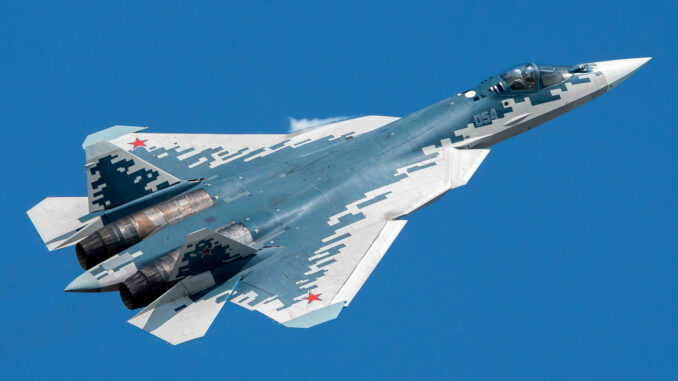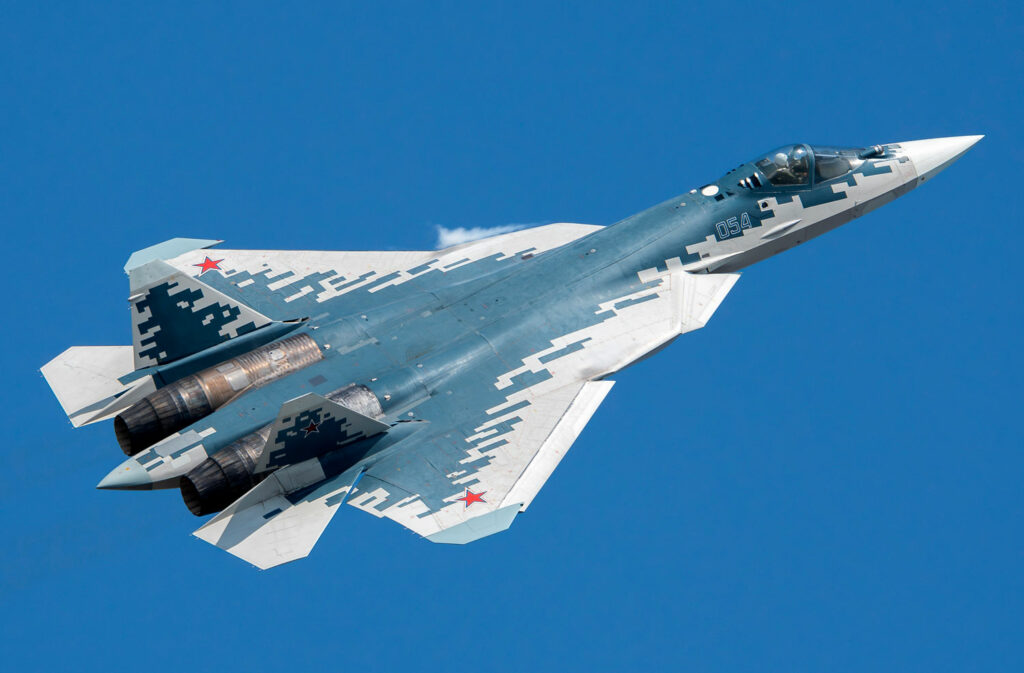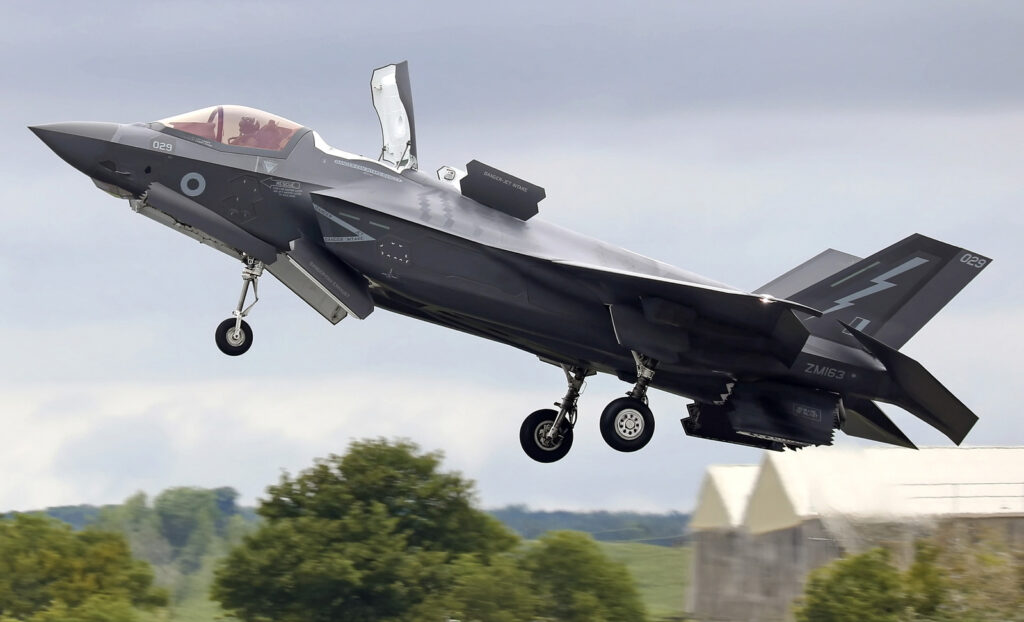
Algeria and Morocco modernize their armies: Su-57 for Algeria and F-35 for Morocco. Impact on the military balance in North Africa.
Algeria and Morocco, two regional powers in North Africa, are stepping up their arms race. Algeria plans to acquire the Russian Su-57, a fifth-generation fighter known for its maneuverability and strike capabilities, while Morocco is positioning itself to obtain the American F-35, a multifunctional stealth aircraft integrated into Western defense networks. These strategic choices reflect opposing geopolitical alliances and will have a significant impact on the military balance in the region.
Rising military spending
In 2022, Algeria’s military spending amounted to 9.1 billion euros, almost double the 5 billion euros invested by Morocco. This budgetary difference reflects distinct strategic priorities: Algeria relies on massive equipment to maintain its regional superiority, while Morocco favors international partnerships to modernize its forces.
Algeria traditionally turns to Russia for its military supplies, consolidating a long-standing relationship. Morocco, meanwhile, is strengthening its ties with the United States and Israel, a strategic partnership reinforced by the Abraham Accords.
These alliances directly influence the choice of fighter aircraft: the Su-57 Felon for Algeria and the F-35 Lightning II for Morocco. These acquisitions could reshuffle the cards of military power in North Africa, a geopolitically strategic region.

Su-57: an asset for Algeria
The Su-57 is a fifth-generation Russian fighter designed by Sukhoi. Its unit cost is estimated at 45 million euros, around half the price of an F-35. Despite a program that is still in its infancy, this aircraft stands out for its performance in aerial combat.
- Maneuverability: Powered by latest-generation engines, the Su-57 can perform complex maneuvers at high speed, a crucial advantage in air-to-air combat.
- Operational range: Up to 3,500 km, enabling long-distance missions without refueling.
- Armament: The Su-57 can carry R-77 air-to-air missiles and KAB-500 guided bombs, suitable for ground and air targets.
Its main drawback lies in its limited integration into multinational defense networks, which reduces its effectiveness in scenarios requiring international coordination. However, for Algeria, this aircraft meets specific needs linked to a defensive and regional military posture.
F-35: a strategic choice for Morocco
The F-35 Lightning II, developed by Lockheed Martin, is a versatile stealth aircraft. It combines offensive and defensive capabilities, as well as advanced integration with Western defense systems.
- Stealth: Thanks to its design and materials, the F-35 is difficult to detect by radar, a major advantage for missions in enemy territory.
- Advanced sensors: AESA radar and data fusion systems enable precise detection of threats.
- Multirole: Capable of air superiority, ground strike and reconnaissance missions.
The total cost of the F-35 program is estimated at 1,500 billion euros, including research, development and maintenance over several decades. The unit price of an F-35 is 85 million euros, making it one of the most expensive aircraft in the world.
For Morocco, this investment is supported by partners such as the United Arab Emirates, which are partially financing the transaction. In addition, Israeli cooperation via the Abraham Accords strengthens the possibility of obtaining these aircraft.
Impact on the regional military balance
The rivalry between Algeria and Morocco is exacerbated by these strategic acquisitions. The Su-57 and the F-35 represent opposing military philosophies:
- Algeria: a focus on national defense and regional dominance through powerful maneuvering and strike capabilities.
- Morocco: integration into international alliances, with capabilities suited to coalition missions and diversified tactical operations.
These acquisitions are likely to change the perception of security in North Africa. Algeria could use the Su-57 to demonstrate its military superiority in the region, particularly in the face of modernized Moroccan forces. For its part, Morocco could exploit the F-35 to reinforce its role within Western coalitions and deter military escalation.

Geopolitical and economic implications
The choices made by Algeria and Morocco reflect divergent geopolitical alliances. By buying from Russia, Algeria maintains its independence from the Western blocs, but risks depending on a partner whose production capacities are limited by international sanctions.
By aligning itself with the United States and Israel, Morocco benefits from access to cutting-edge technologies and integration into Western defense systems. However, this choice implies a high financial cost and increased dependence on foreign partners.
The arms race in North Africa has intensified rivalries between Algeria and Morocco. The acquisitions of the Su-57 and the F-35 reflect opposing military strategies and distinct geopolitical alliances.
While Algeria favors maneuverability and regional strike power, Morocco focuses on stealth and technological integration. These strategic choices will redefine the military balance in North Africa, influencing international relations and regional stability in the years to come.
War Wings Daily is an independant magazine.